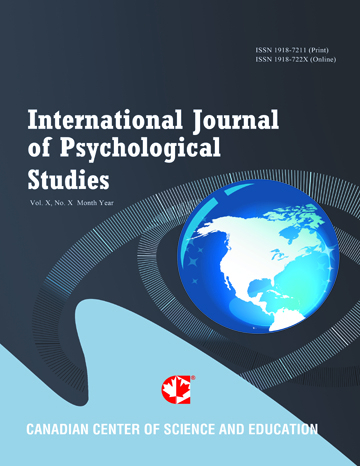Consciousness is Primary: Science of Consciousness for the 21st Century
- Frederick T. Travis
Abstract
In the 20th century, the understanding of matter was transformed from a world of classical objects to a world of probabilities that were excitations of non-material quantum fields. Psychology may be involved in a similar transformation. In the 20th century, psychological models included specific “classical” content such as memories, attention, or emotions. However, some thinkers model consciousness as more field-like. Chalmers asserts that consciousness is an irreducible part of matter, along with time and space. Goff maintains that consciousness permeates reality and is expressed in degrees in different structures. Tononi’s Integrated Information Theory posits that consciousness is a fundamental property of any physical system and the degree of consciousness expressed reflects the power of the present state to affect the probability of its past and future states. Nader’s model goes beyond these concepts and postulates that consciousness is a nonmaterial, non-physical reality that exists entirely by itself. It has an ontological existence and generates matter, governs the interaction between material structures and is responsible for individual subjective experiences. This model is supported by direct experience of the field of consciousness, called pure consciousness, during Transcendental Meditation practice. This allows empirical investigation of pure consciousness and of higher states of consciousness when pure consciousness is integrated with daily experiences.
- Full Text:
 PDF
PDF
- DOI:10.5539/ijps.v13n1p1
Journal Metrics
1. Citations (March 2025): 10975
3. i10-index (March 2025): 233
For details about the Journal Metrics, please visit the Google Scholar website.
Index
- AcademicKeys
- CNKI Scholar
- Elektronische Zeitschriftenbibliothek (EZB)
- Excellence in Research for Australia (ERA)
- GETIT@YALE (Yale University Library)
- Harvard Library E-Journals
- JournalSeek
- JournalTOCs
- LOCKSS
- MIAR
- Open Access Journals Search Engine(OAJSE)
- Open J-Gate
- PKP Open Archives Harvester
- SHERPA/RoMEO
- Standard Periodical Directory
- The Keepers Registry
- UCR Library
- Ulrich's
- Universe Digital Library
- WorldCat
Contact
- Barbara SunEditorial Assistant
- ijps@ccsenet.org
